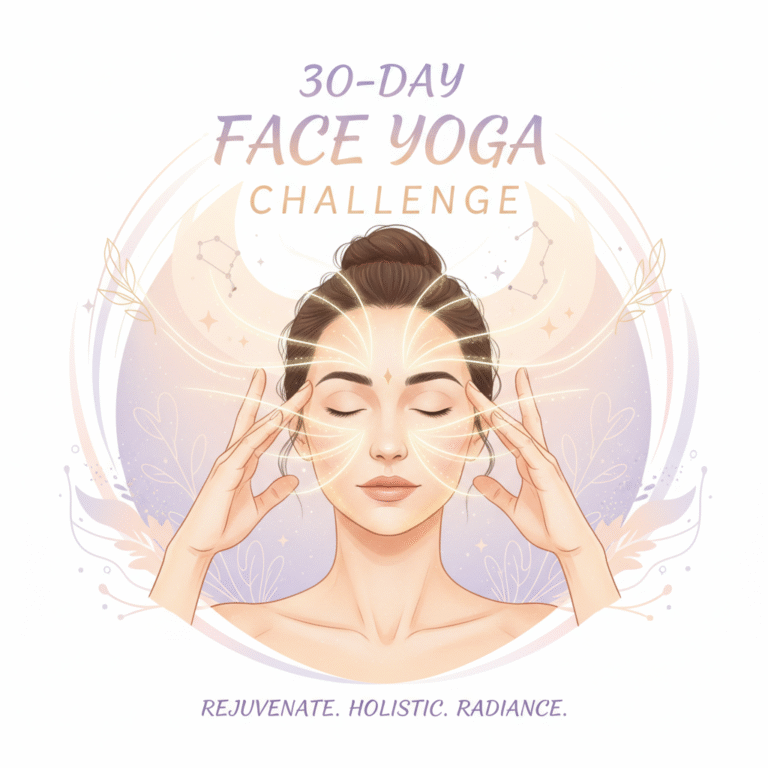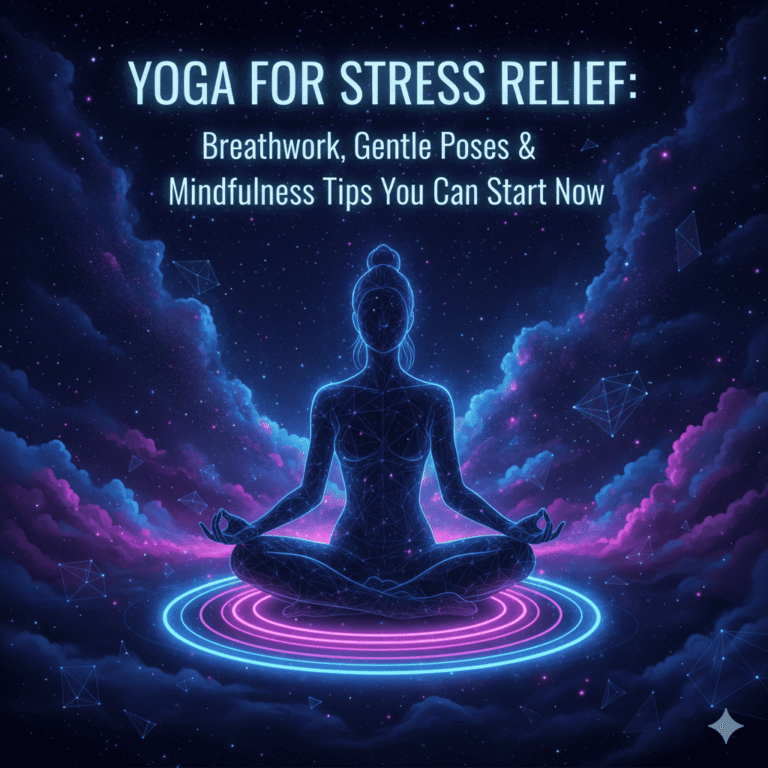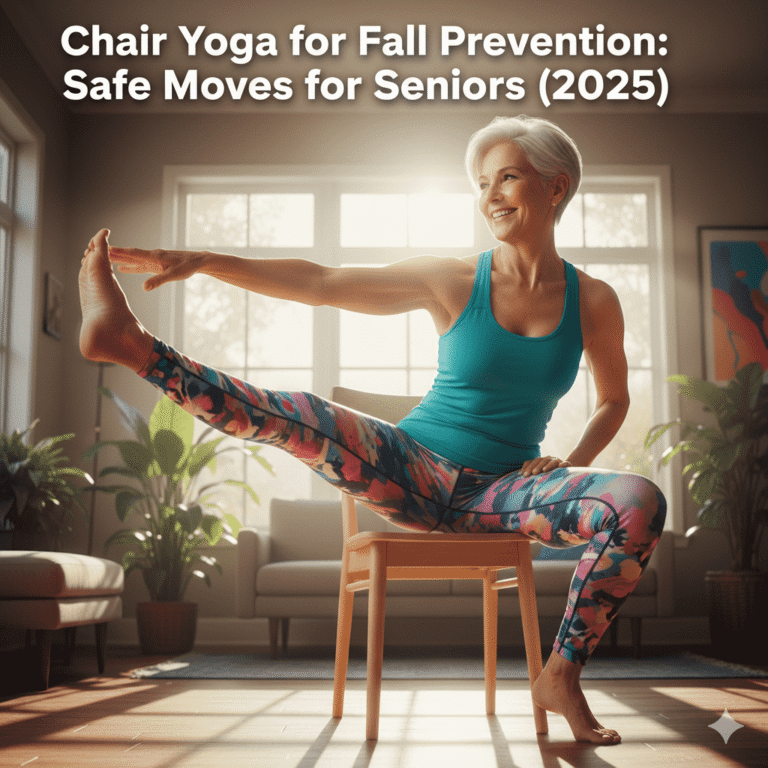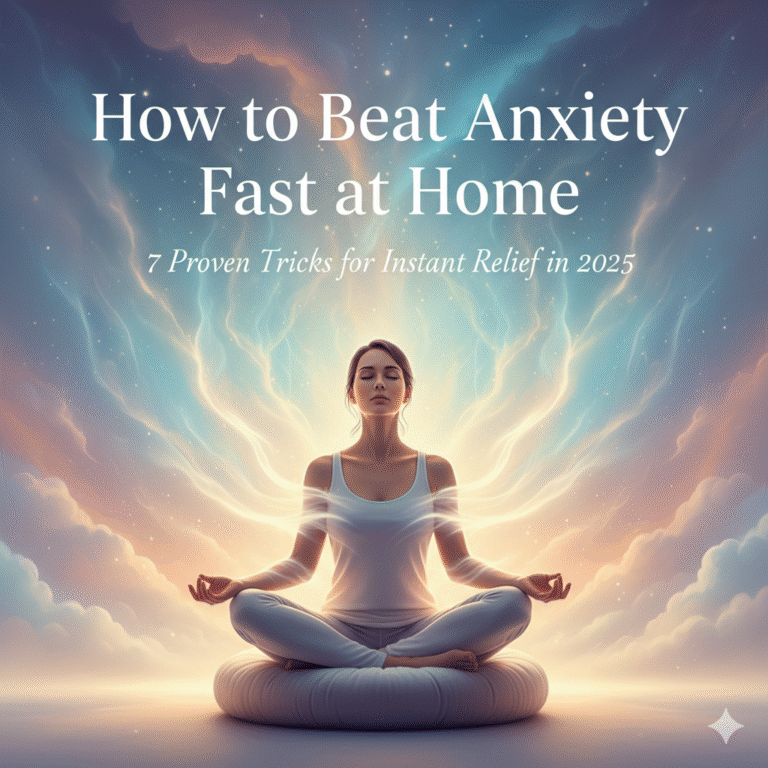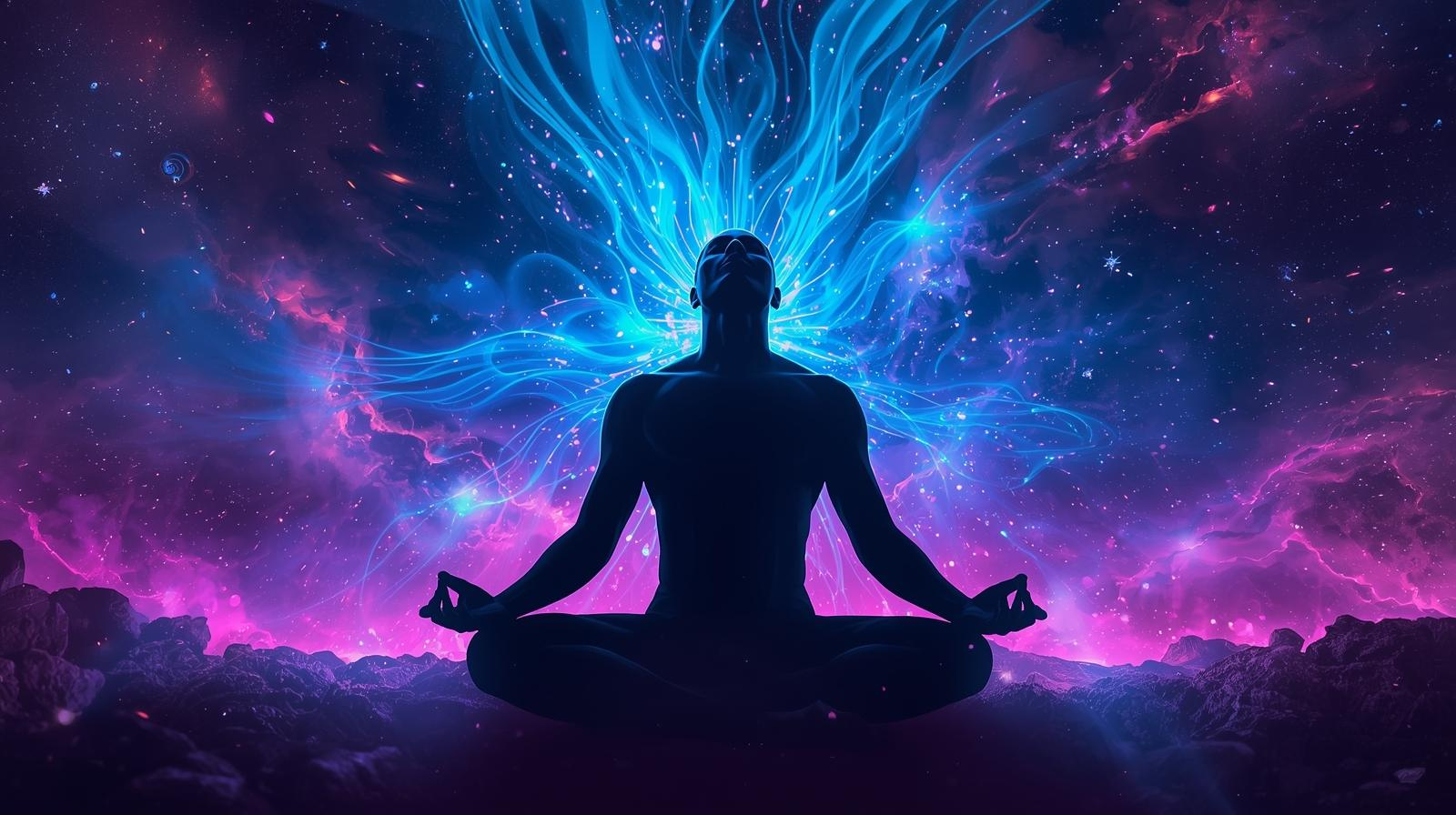
Yoga isn’t just an ancient practice anymore—it’s a global movement. In 2025, more people across the United States, Canada, India, and Australia are turning to yoga for stress relief, physical fitness, and mental clarity. Whether you’re a student balancing studies, a professional dealing with workplace stress, or someone simply looking for better health, yoga has become the go-to solution.
For beginners, though, starting yoga can feel confusing. Should you join a class or practice at home? Which poses are safe for newcomers? Do you need to spend money on expensive mats and outfits? This blog is designed to clear all those doubts with simple explanations, practical advice, and easy-to-follow guidance.
Why Yoga in 2025?
Yoga has been practiced for thousands of years, but in 2025, it has become a lifestyle choice across the globe. What makes this year different is the way yoga is blending with modern life.
In the United States and Canada, yoga has moved beyond studios. Workplaces are introducing yoga breaks to reduce stress and boost productivity. Many schools have also started offering yoga sessions to help students focus better and manage anxiety.
In India, yoga has always been celebrated, but now it is more accessible through online platforms and apps. The cultural roots remain, but the practice is being shaped to fit busy, modern lifestyles.
In Australia, yoga has become part of the outdoor wellness movement. Practicing on beaches and in parks has made yoga not just an exercise but a community activity.
Another reason yoga is booming in 2025 is technology. AI-powered yoga apps are personalizing routines, while virtual reality yoga gives people the chance to practice in immersive environments. Alongside, eco-friendly yoga gear has gained popularity as people make sustainable lifestyle choices.
Yoga in 2025 is more than stretching—it is a way of finding balance between health, technology, and community.
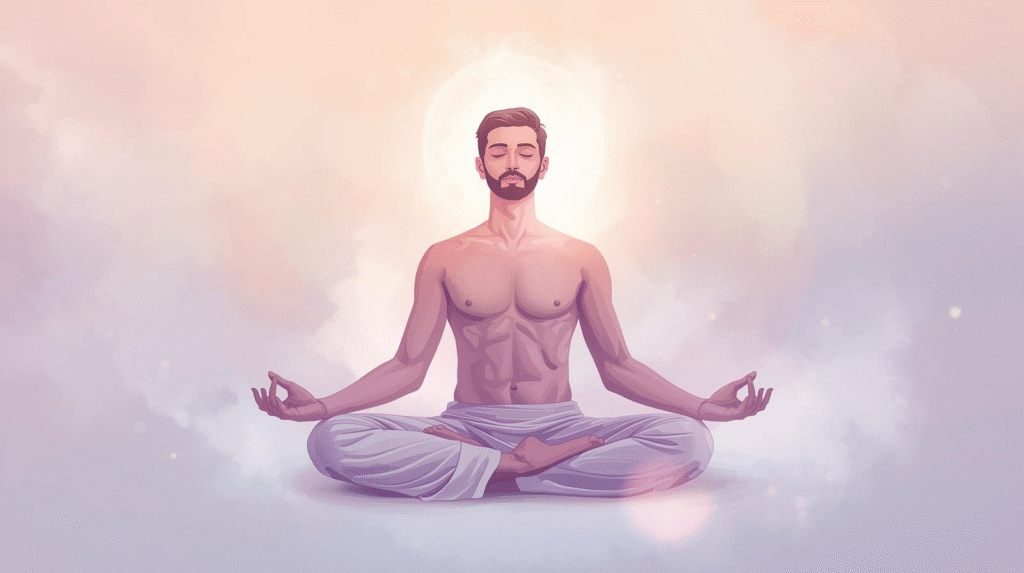
Essential Beginner Yoga Poses
When you are new to yoga, the best approach is to begin with simple, safe, and effective poses. These asanas help build confidence and create a strong foundation.
Mountain Pose (Tadasana) teaches grounding and balance. By standing tall, you become aware of your posture and breath. It looks simple, but it builds awareness of your body.
Child’s Pose (Balasana) is a resting pose. It stretches your hips, relaxes your back, and allows your mind to calm down. Beginners often find it comforting when practice feels overwhelming.
Downward-Facing Dog (Adho Mukha Svanasana) is one of the most recognized yoga poses. It stretches the entire back of the body while strengthening the arms and shoulders. For beginners, it might feel challenging at first, but with practice it becomes energizing.
Cat-Cow Stretch (Marjaryasana–Bitilasana) is a gentle movement for the spine. Moving between arching and rounding the back helps increase flexibility and reduces stiffness.
Easy Pose (Sukhasana) is the classic cross-legged position. It focuses on steady breathing and mindfulness. For beginners, it can be the first step toward meditation.
Bridge Pose (Setu Bandhasana) strengthens the back, core, and legs while opening the chest. It helps with posture and gives energy when practiced regularly.
Comparison Table: Beginner Yoga Poses & Their Benefits
| Pose Name | Difficulty Level | Key Benefits |
|---|---|---|
| Mountain Pose | Easy | Posture, grounding, balance |
| Child’s Pose | Easy | Relaxation, hip stretch |
| Downward Dog | Moderate | Strength, flexibility, energy |
| Cat-Cow Stretch | Easy | Spine health, back relief |
| Easy Pose | Easy | Calmness, breathing focus |
| Bridge Pose | Moderate | Core strength, chest opening |
Choosing the Best Yoga Gear in 2025
Starting yoga does not mean you need to spend a lot. However, the right yoga gear can make practice safer and more enjoyable.
A good yoga mat is essential. The Alo Yoga Warrior Mat is popular for its grip and design. The Manduka PRO Mat is known for its durability and eco-friendly materials. The Lululemon Reversible Mat offers comfort and stability for beginners.
Clothing also plays a role. Comfortable leggings and tops allow freedom of movement. Brands like Alo Yoga, Vuori, and Beyond Yoga are leading in 2025 with styles that combine function and fashion.
Props such as yoga blocks, straps, and towels are very helpful for beginners. They make difficult poses more accessible and reduce the risk of injury.
The key is not buying the most expensive gear but choosing what makes you feel supported in your practice.
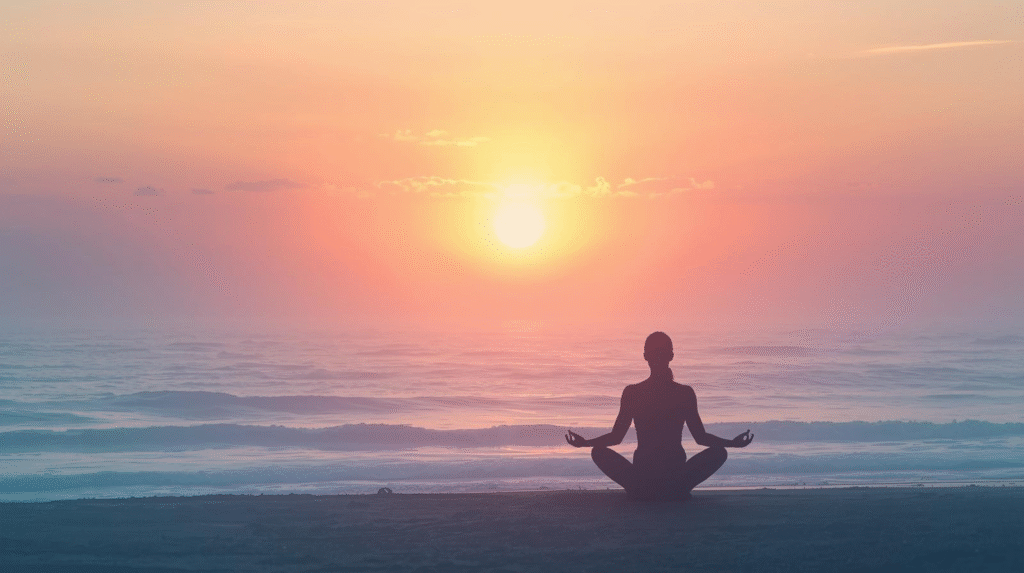
Tips for Beginners in 2025
Starting yoga can feel intimidating, but a gentle and consistent approach works best. Here are some guiding thoughts:
Begin with short sessions of 15–20 minutes daily. It is better to practice for a little time regularly than to push yourself once a week.
Always focus on your breath. In yoga, breathing is as important as movement. Deep, mindful breaths make poses more effective.
Use technology to your advantage. Online classes, mobile apps, and even AI-guided practices can give you structure and motivation.
Avoid comparing yourself to others. Everyone has a different level of flexibility and strength. Yoga is a personal journey, not a competition.
Lastly, stay consistent. Even if you only manage a few minutes each day, the results will build over time.
Global Perspective on Yoga in 2025
Yoga’s popularity now spans across continents. In the United States and Canada, wellness culture has embraced yoga as part of everyday routines. Employees enjoy yoga breaks, and schools use it to support mental health.
In India, yoga continues to connect the past with the present. International Yoga Day brings millions together, while online platforms bring traditional practices to modern homes.
In Australia, yoga has become a social activity. Beach yoga, sunrise sessions, and group retreats make it part of community life.
Wherever you are in the world, access to yoga has never been easier. The global acceptance of yoga shows that it is not limited by culture or geography—it is truly universal.
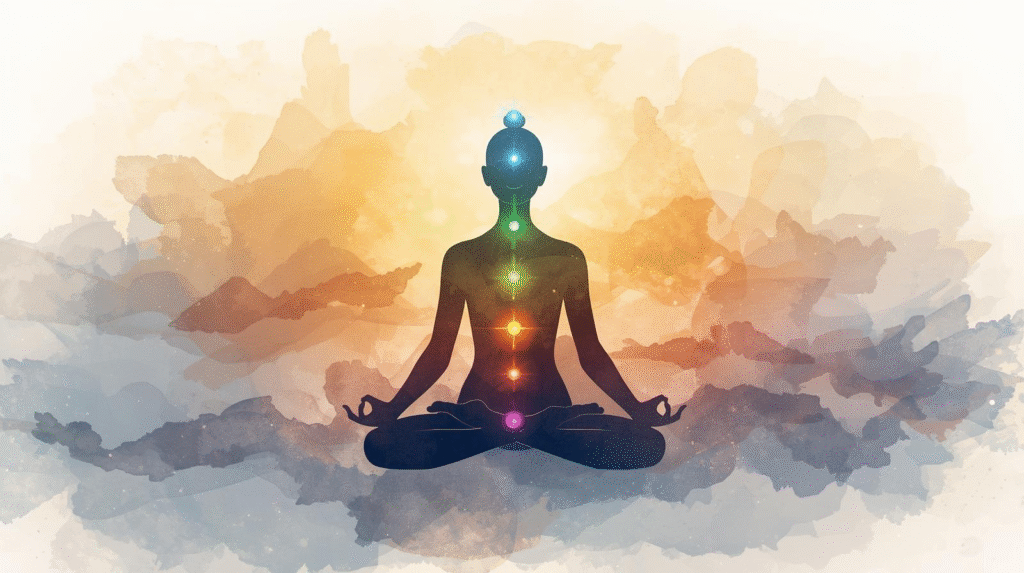
Conclusion
In 2025, yoga is more than fitness. It is about balance, mindfulness, and building a healthier lifestyle. For beginners, the path may feel challenging at first, but with simple poses and the right gear, progress comes naturally.
Whether you practice in a studio in New York, a living room in Toronto, a retreat in Kerala, or on a beach in Sydney, yoga is your gateway to physical strength and mental calm. Remember, yoga is not about doing the perfect pose—it is about enjoying the journey and improving step by step.
Start your yoga journey in 2025 today, and let it transform the way you move, breathe, and live.
How many minutes should a beginner do yoga daily?
A beginner can start with 15–20 minutes daily and gradually increase the duration. Consistency is more important than long sessions.
Do I need yoga gear as a beginner?
Yes, basic gear like a yoga mat, comfortable clothing, and a water bottle is enough. Blocks, straps, or bolsters can be added later for support.
Can yoga help with weight loss for beginners?
Yes, yoga can support weight loss by improving metabolism, reducing stress, and promoting mindful eating. Dynamic styles like Vinyasa or Power Yoga are especially effective.
Is yoga safe for complete beginners?
Absolutely. Beginners should start with gentle poses, slow breathing, and proper guidance. Always listen to your body and avoid forcing movements.
Which is better for beginners – online yoga classes or offline studios?
Both work well. Online yoga classes offer flexibility and affordability, while offline studios give personal guidance and correction. Beginners can try both and see what fits best.

